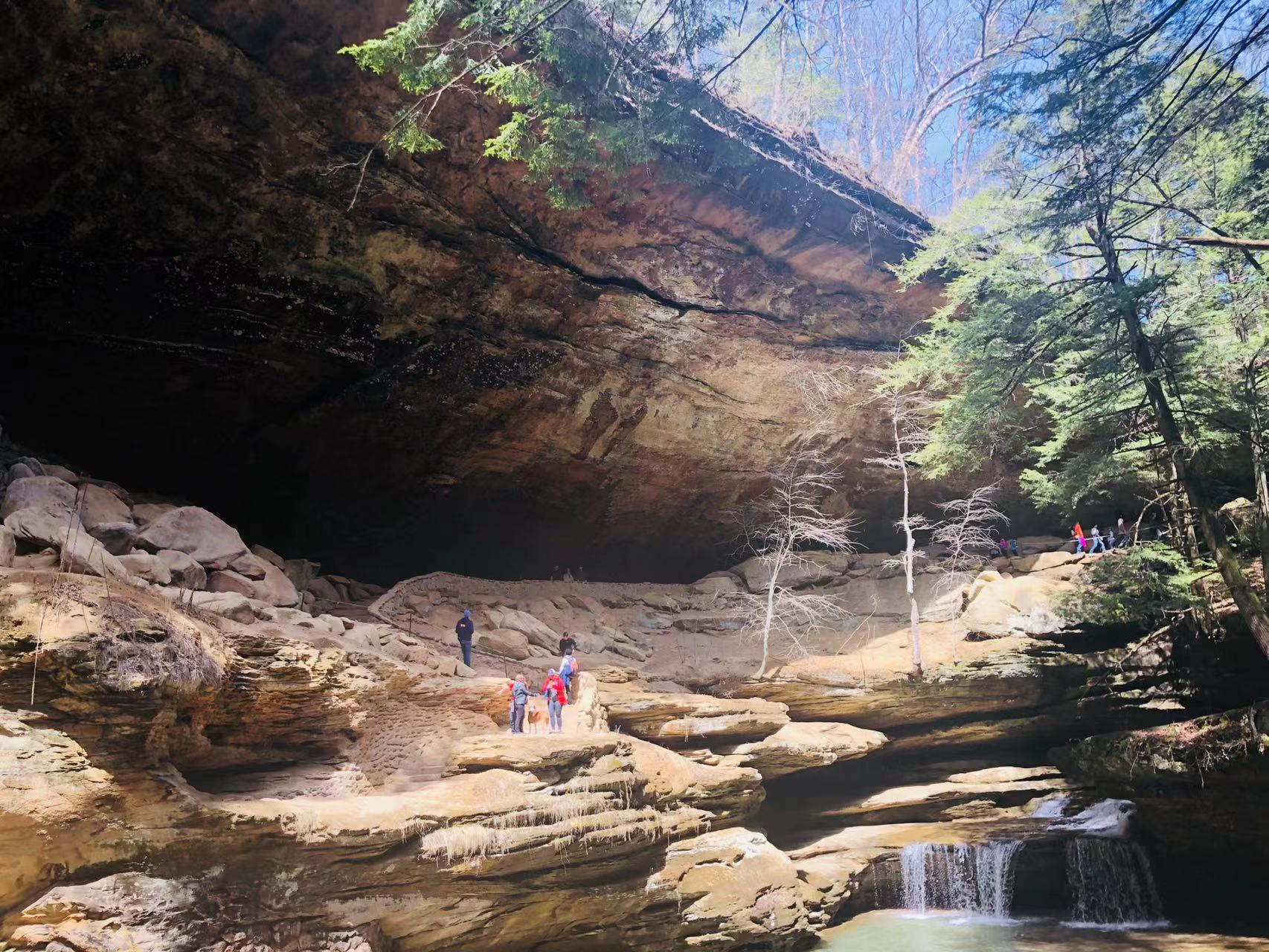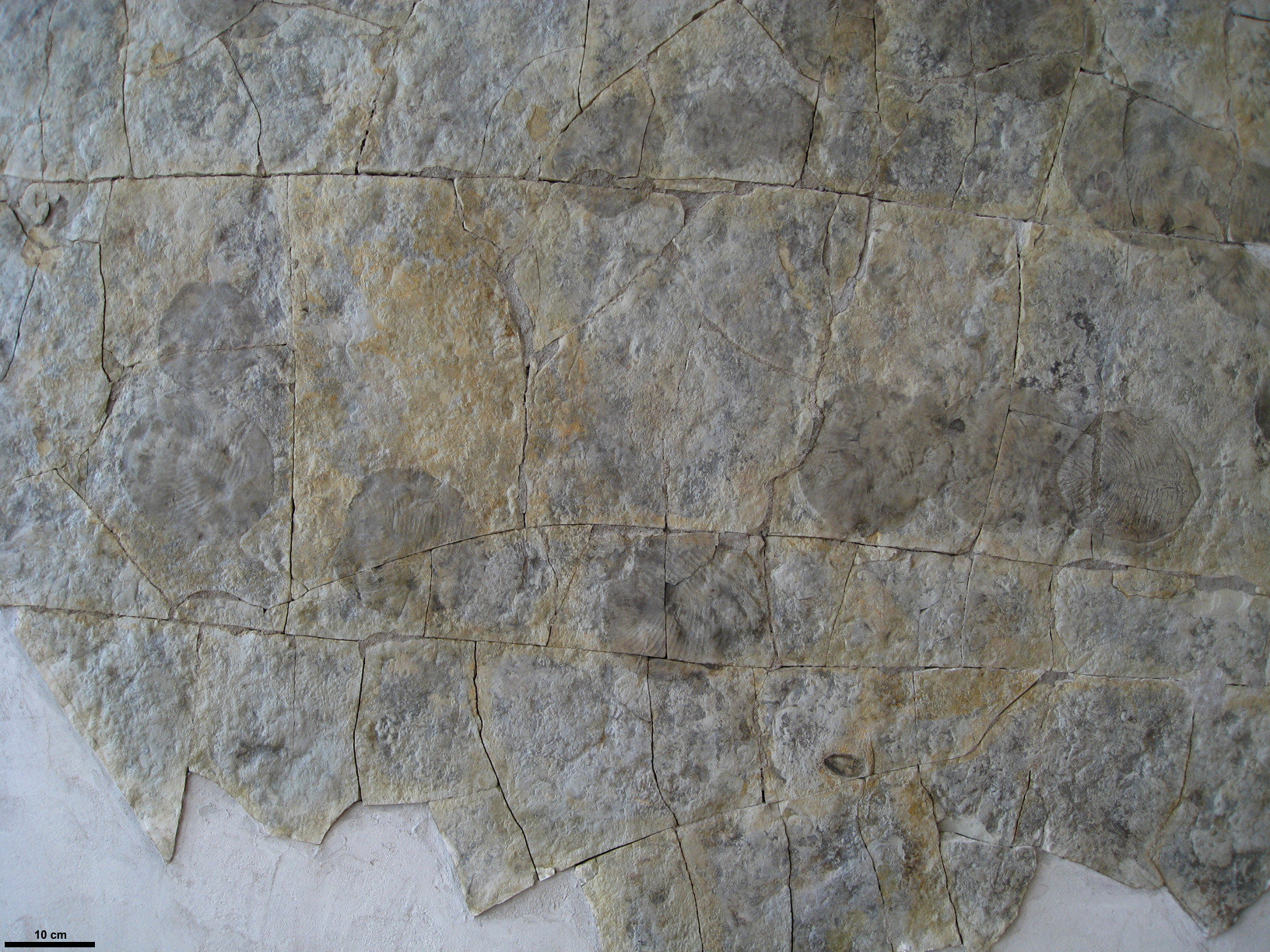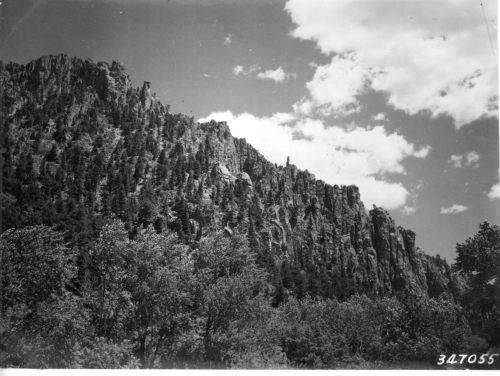|
List Of New Mexico State Parks
This is a list of state parks and reserves in the New Mexico state park system. The system began with the establishment of Bottomless Lakes State Park on November 18, 1933. New Mexico currently has 35 state parks. It has been calculated that 70% of the state's population lives within of a New Mexico state park. The system as a whole saw 4.5 million visitors in 2009. The parks are managed by the New Mexico State Parks Division of the New Mexico Energy, Minerals and Natural Resources Department. The mission of the State Parks Division is to "protect and enhance natural and cultural resources, provide first-class recreational and education facilities and opportunities, and promote public safety to benefit and enrich the lives of visitors." See also * List of National Parks of the United States References External links New Mexico State Parks DivisionNew Mexico State Parks Foundation {{New Mexico New Mexico state parks State parks State parks are parks ... [...More Info...] [...Related Items...] OR: [Wikipedia] [Google] [Baidu] |
State Park
State parks are parks or other protected areas managed at the sub-national level within those nations which use "state" as a political subdivision. State parks are typically established by a state to preserve a location on account of its natural beauty, historic interest, or recreational potential. There are state parks under the administration of the government of each U.S. state, some of the political divisions of Mexico#States, Mexican states, and in Brazil. The term is also used in the Australian states of template:state parks of Victoria, Victoria and state parks of New South Wales, New South Wales. The equivalent term used in Canada, Argentina, South Africa, and Belgium, is provincial park. Similar systems of local government maintained parks exist in other countries, but the terminology varies. State parks are thus similar to national parks, but under state rather than federal administration. Similarly, local government entities below state level may maintain parks, e.g., r ... [...More Info...] [...Related Items...] OR: [Wikipedia] [Google] [Baidu] |
Cerrillos Hills State Park
Cerrillos Hills State Park is a state park of New Mexico, located south of Santa Fe. Transferred to state ownership in 2009, it is New Mexico's newest state park. The hills in the park range in elevation from to above sea level. The new visitors' center is located in the village of Los Cerrillos. The park has numerous hiking trails. History The Cerrillos Hills were originally known by the Spanish as the Sierra de San Mateo. In 1581, they discovered the lead-silver deposits there, which had earlier been used by the pueblo peoples as an ingredient in pottery glazes. After the coming of the "Americans" the Cerrillos Mining District was created in 1879. The Cerrillos Mining District was added to the New Mexico State Register of Cultural Properties in 1973. The park was originally created in 2003 by Santa Fe County Santa Fe County ( es, Condado de Santa Fe; meaning ''Holy faith'' in Spanish) is located in the U.S. state of New Mexico. As of the 2010 census, the population wa ... [...More Info...] [...Related Items...] OR: [Wikipedia] [Google] [Baidu] |
Dinosaur
Dinosaurs are a diverse group of reptiles of the clade Dinosauria. They first appeared during the Triassic period, between 243 and 233.23 million years ago (mya), although the exact origin and timing of the evolution of dinosaurs is the subject of active research. They became the dominant terrestrial vertebrates after the Triassic–Jurassic extinction event 201.3 mya; their dominance continued throughout the Jurassic and Cretaceous periods. The fossil record shows that birds are feathered dinosaurs, having evolved from earlier theropods during the Late Jurassic epoch, and are the only dinosaur lineage known to have survived the Cretaceous–Paleogene extinction event approximately 66 mya. Dinosaurs can therefore be divided into avian dinosaurs—birds—and the extinct non-avian dinosaurs, which are all dinosaurs other than birds. Dinosaurs are varied from taxonomic, morphological and ecological standpoints. Birds, at over 10,700 living species, are among ... [...More Info...] [...Related Items...] OR: [Wikipedia] [Google] [Baidu] |
Fossil Trackway
A fossil track or ichnite (Greek "''ιχνιον''" (''ichnion'') – a track, trace or footstep) is a fossilized footprint. This is a type of trace fossil. A fossil trackway is a sequence of fossil tracks left by a single organism. Over the years, many ichnites have been found, around the world, giving important clues about the behaviour (and foot structure and stride) of the animals that made them. For instance, multiple ichnites of a single species, close together, suggest 'herd' or 'pack' behaviour of that species. Combinations of footprints of different species provide clues about the interactions of those species. Even a set of footprints of a single animal gives important clues, as to whether it was bipedal or quadrupedal. In this way, it has been suggested that some pterosaurs, when on the ground, used their forelimbs in an unexpected quadrupedal action. Special conditions are required, in order to preserve a footprint made in soft ground (such as an alluvial plain or a f ... [...More Info...] [...Related Items...] OR: [Wikipedia] [Google] [Baidu] |
Union County, New Mexico
Union County ( es, Condado de la Unión, link=) is the northeasternmost county in the U.S. state of New Mexico. As of the 2010 census, the population was 4,549, making it the fourth-least populous county in New Mexico. Its county seat is Clayton. The county was formed in 1894. Union County borders Colorado to the north, and Oklahoma and Texas to the east. History Union County, was created by an act of the territorial legislation in 1893 and was officially recognized on January 1, 1894, when the first slate of elected county officials received their oaths of office. The county is named “Union” because the citizens were united in their desire for the creation of a new county out of three existing New Mexico counties. Union County was subsequently “carved up” by the creation of additional counties, Quay in 1903 and Harding in 1920. At one time, Union County had a population of over 20,000. There were a number of bustling communities such as Amistad, Hayden, Sedan, Pasamo ... [...More Info...] [...Related Items...] OR: [Wikipedia] [Google] [Baidu] |
Clayton Lake State Park
Clayton Lake State Park is a state park of New Mexico, United States, featuring a recreational reservoir and a fossil trackway of dinosaur footprints. It is located north of Clayton, New Mexico, Clayton, close to New Mexico's border with Colorado, Oklahoma, and Texas. The park is accessed via New Mexico State Road 455. The landscape is characterized by rolling grasslands, volcanic rocks, and sandstone bluffs, set on the western edge of the Great Plains. The park area was a stopover point for travelers along the Cimarron Cutoff of the Santa Fe Trail. Visitor activities include picnicking, camping, and fishing at the lake, as well as viewing one of the most extensive dinosaur trackways in North America. Clayton Lake was created by the New Mexico Department of Game and Fish in 1955 as a fishing lake and winter waterfowl resting area. A dam was constructed across Seneca Creek (New Mexico/Oklahoma), Seneca Creek, which is actually a series of seeps except after heavy rains. During t ... [...More Info...] [...Related Items...] OR: [Wikipedia] [Google] [Baidu] |
Observatory
An observatory is a location used for observing terrestrial, marine, or celestial events. Astronomy, climatology/meteorology, geophysical, oceanography and volcanology are examples of disciplines for which observatories have been constructed. Historically, observatories were as simple as containing an astronomical sextant (for measuring the distance between stars) or Stonehenge (which has some alignments on astronomical phenomena). Astronomical observatories Astronomical observatories are mainly divided into four categories: space-based, airborne, ground-based, and underground-based. Ground-based observatories Ground-based observatories, located on the surface of Earth, are used to make observations in the radio and visible light portions of the electromagnetic spectrum. Most optical telescopes are housed within a dome or similar structure, to protect the delicate instruments from the elements. Telescope domes have a slit or other opening in the roof that can be opened during ... [...More Info...] [...Related Items...] OR: [Wikipedia] [Google] [Baidu] |
Volcanic Ash
Volcanic ash consists of fragments of rock, mineral crystals, and volcanic glass, created during volcano, volcanic eruptions and measuring less than 2 mm (0.079 inches) in diameter. The term volcanic ash is also often loosely used to refer to all explosive eruption products (correctly referred to as ''tephra''), including particles larger than 2 mm. Volcanic ash is formed during explosive volcanic eruptions when dissolved gases in magma expand and escape violently into the atmosphere. The force of the gases shatters the magma and propels it into the atmosphere where it solidifies into fragments of volcanic rock and glass. Ash is also produced when magma comes into contact with water during phreatomagmatic eruptions, causing the water to explosively flash to steam leading to shattering of magma. Once in the air, ash is transported by wind up to thousands of kilometres away. Due to its wide dispersal, ash can have a number of impacts on society, including animal a ... [...More Info...] [...Related Items...] OR: [Wikipedia] [Google] [Baidu] |
Grant County, New Mexico
Grant County is a county located in the U.S. state of New Mexico. At the 2020 census, the population was 28,185. Its county seat is Silver City. The county was founded in 1868 and named for Ulysses S. Grant, the 18th President of the United States. Grant County comprises the Silver City, NM, Micropolitan Statistical Area. It is part of the Southwest New Mexico Council of Governments. Geography According to the U.S. Census Bureau, the county has a total area of , of which is land and (0.1%) is water. Adjacent counties * Catron County - north * Sierra County - east * Luna County - southeast * Hidalgo County - south * Greenlee County, Arizona - west National protected area * Gila National Forest (part) Demographics 2000 census At the 2000 census, there were 31,002 people, 12,146 households and 8,514 families living in the county. The population density was . There were 14,066 housing units at an average density of . The racial make-up was 75.67% White, 0.52% Black or ... [...More Info...] [...Related Items...] OR: [Wikipedia] [Google] [Baidu] |
City Of Rocks State Park
City of Rocks State Park is a state park in New Mexico, consisting of large sculptured rock formations in the shape of pinnacles or boulders rising as high as . Geology The bedrock forming City of Rocks was created 34.9 million years ago by a volcanic eruption. Then over millions of years, erosion sculpted the rock formations seen today. The eruption was from the Emory Caldera, centered near Hillsboro Peak at the southern end of the Black Range. The eruption was estimated to be a VEI 8 eruption, and it emplaced the Kneeling Nun Tuff, a tuff bed covering an area of , which makes up the bedrock of the park. History The Mimbreno Indians settled in the area from 750 to 1250 AD. Pottery, arrowheads, and other artifacts show evidence of prehistoric Indians in the area. Indian wells, or conical holes, are found in the rocks where water would be allowed to collect. Chapter 110 of the 1953 Laws of New Mexico created City of Rocks State Park on March 20, 1953. This legislation provide ... [...More Info...] [...Related Items...] OR: [Wikipedia] [Google] [Baidu] |
Palisades Sill (New Mexico)
The Palisades Sill is a fine-grained porphyritic dacite sill which forms spectacular cliffs and palisades in the Cimarron River canyon between Eagle Nest and Cimarron in northern New Mexico. It can be seen in the eastern part of Cimarron Canyon State Park Cimarron Canyon State Park is a state park of New Mexico, United States, located east of Eagle Nest in the Colin Neblett Wildlife Area. The park extends for along the Cimarron Canyon between Tolby Creek and Ute Park. The Palisades Sill forms s .... References Igneous petrology of New Mexico Sills (geology) {{NewMexico-geo-stub ... [...More Info...] [...Related Items...] OR: [Wikipedia] [Google] [Baidu] |
Cimarron River (Canadian River)
The Cimarron River, flowing entirely in New Mexico, was also known as ''La Flecha'' or ''Semarone''. Its headwaters are Moreno, Sixmile, and Cieneguilla creeks in the Sangre de Cristo Mountains, which feed into Eagle Nest Dam. From the dam, it runs for to below the city of Springer, New Mexico in the Taylor Springs area, where it flows into the Canadian River, the southwesternmost major tributary flowing into the Mississippi River via the Arkansas River sub-basin. This river flows within a mountainous canyon that is part of Cimarron Canyon State Park in the lower Sangre de Cristo Mountains and runs down into eastern plains of New Mexico. This headwaters region is also home to the Philmont Scout Ranch. Etymology Cimarron was first applied to either the river or mountains in northeastern New Mexico and applied to other places in the state. The most common belief is that it was named for the Rocky Mountain bighorn sheep, called ''carnero cimarrnó'' in New Mexican Spanish. In ad ... [...More Info...] [...Related Items...] OR: [Wikipedia] [Google] [Baidu] |






